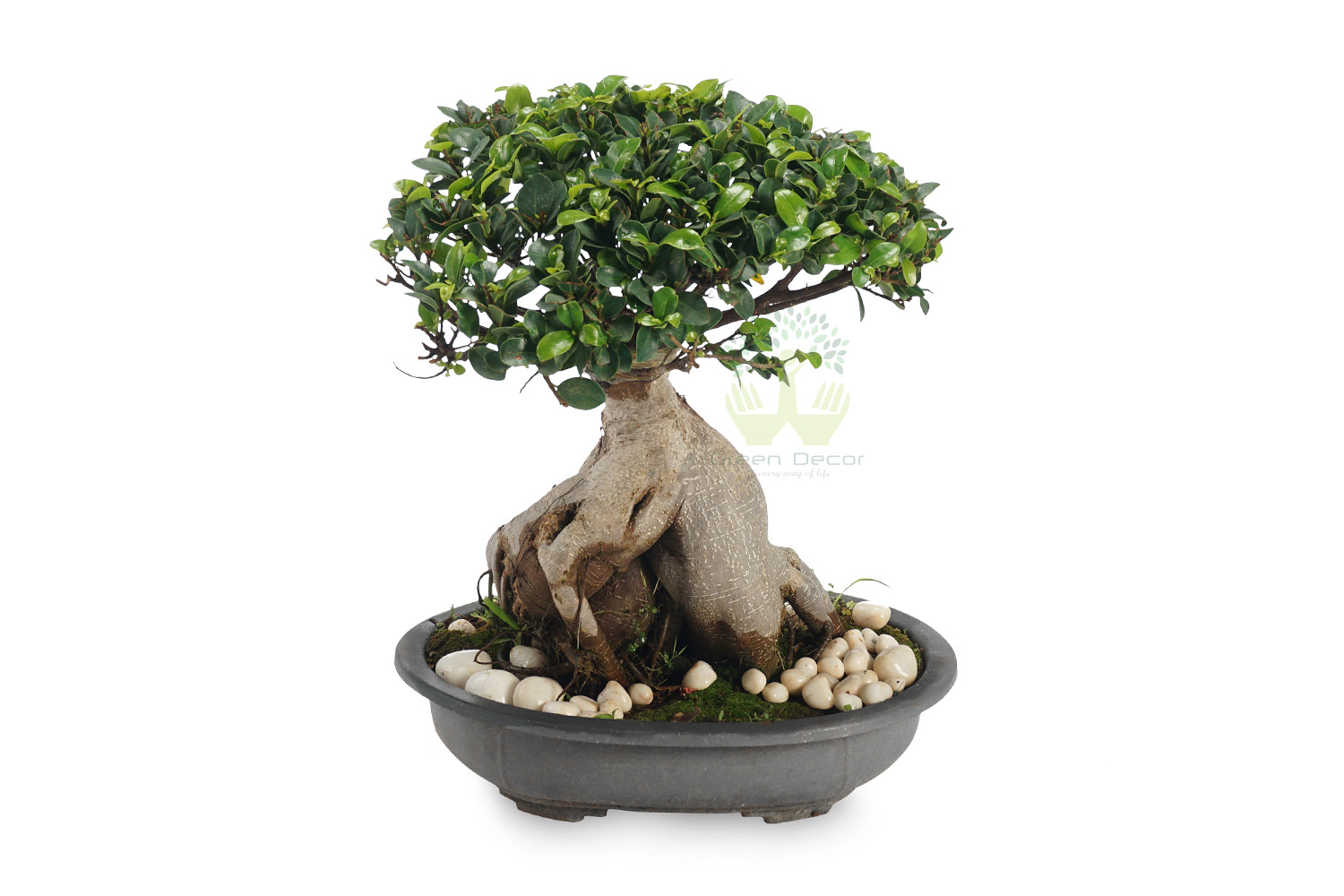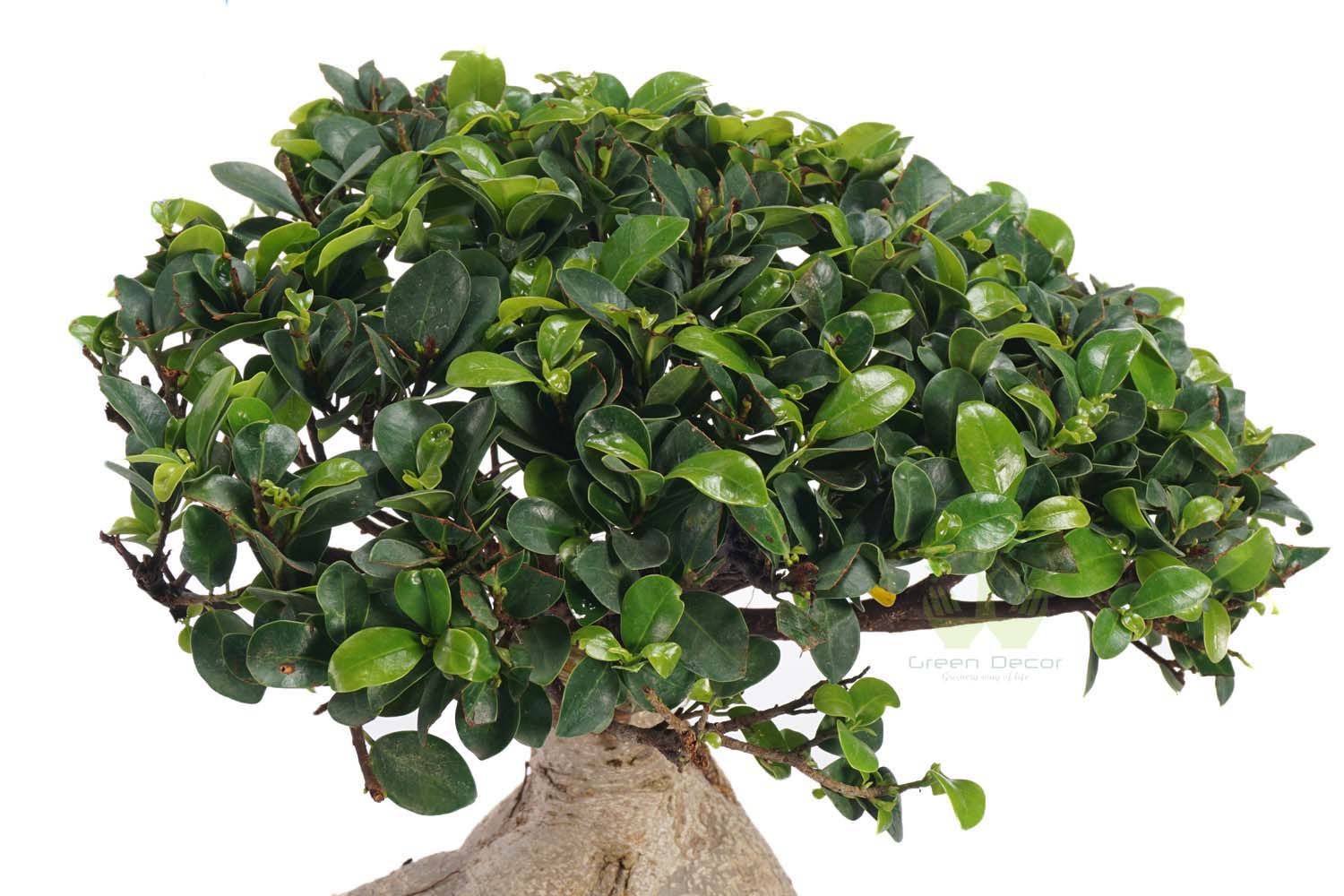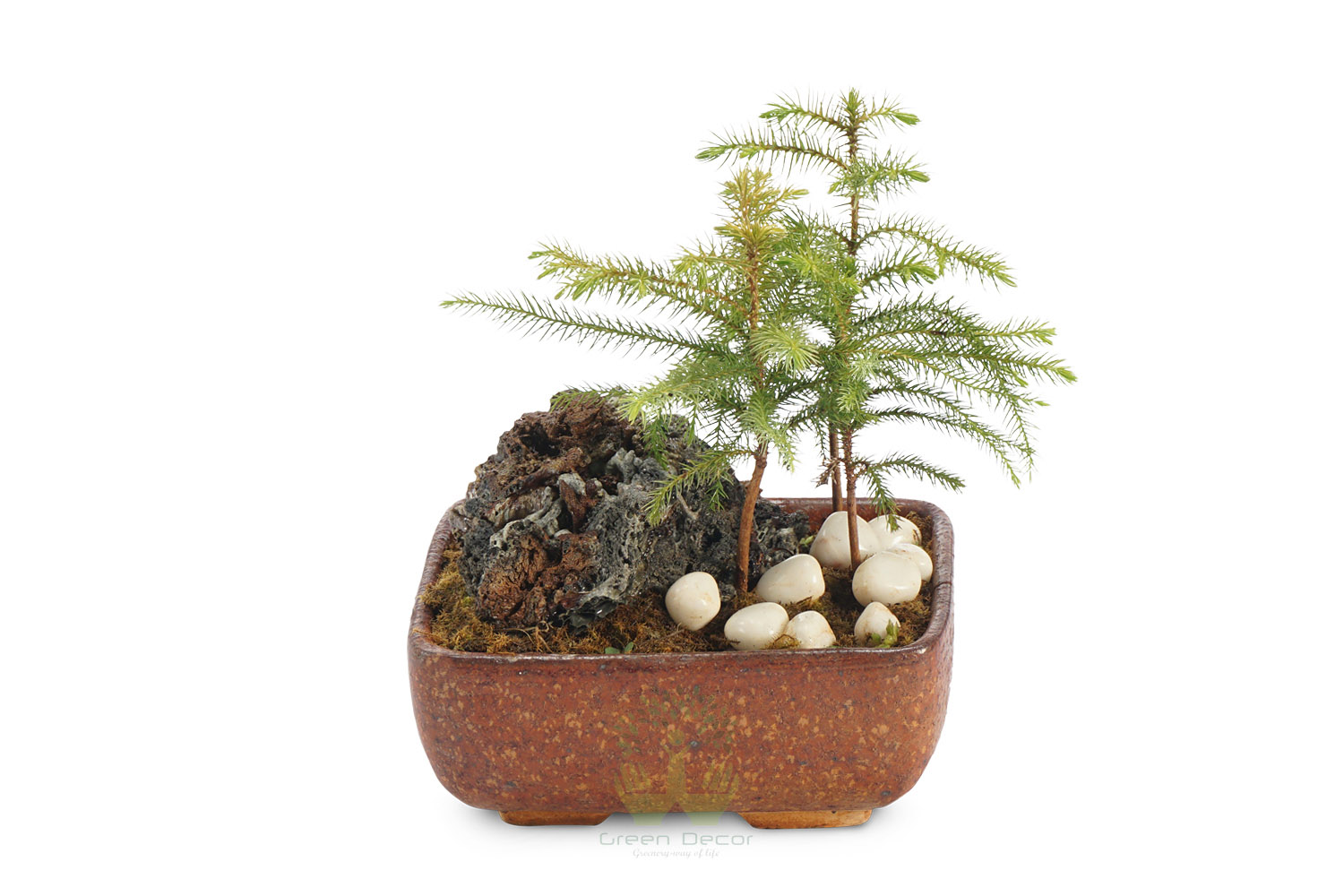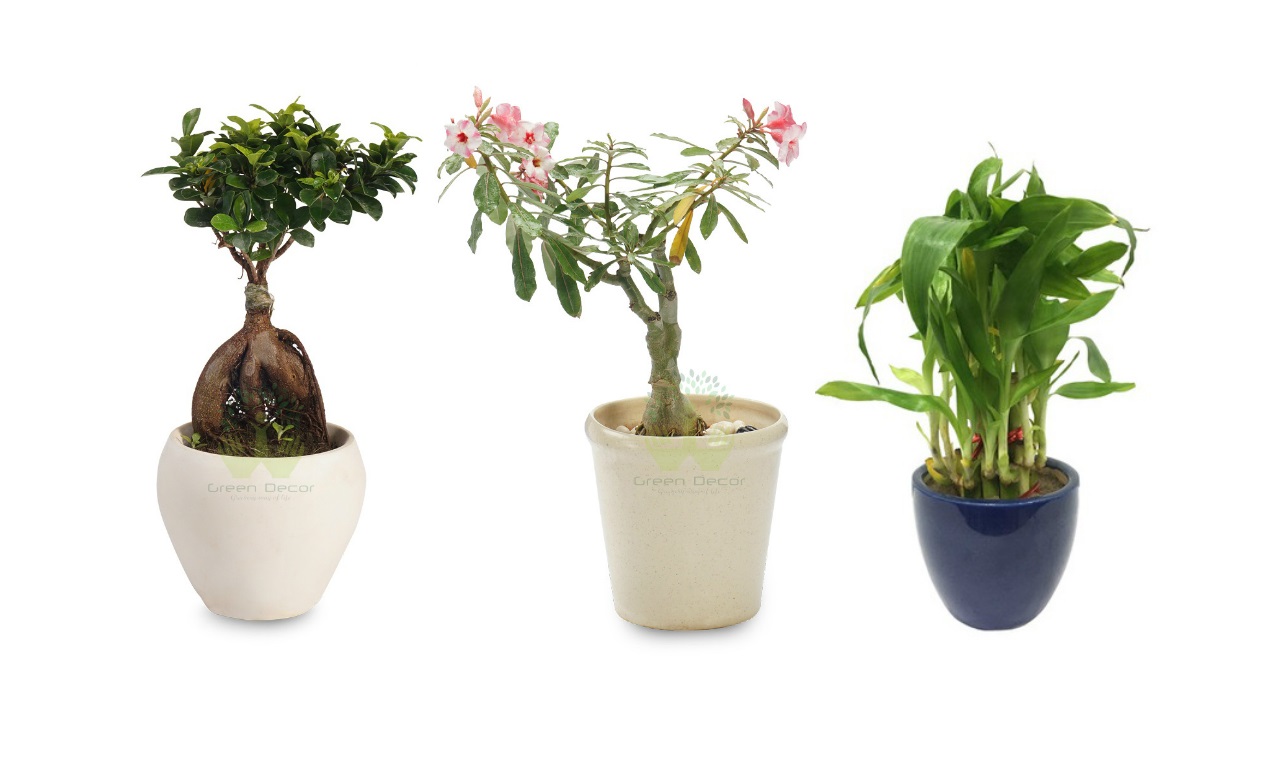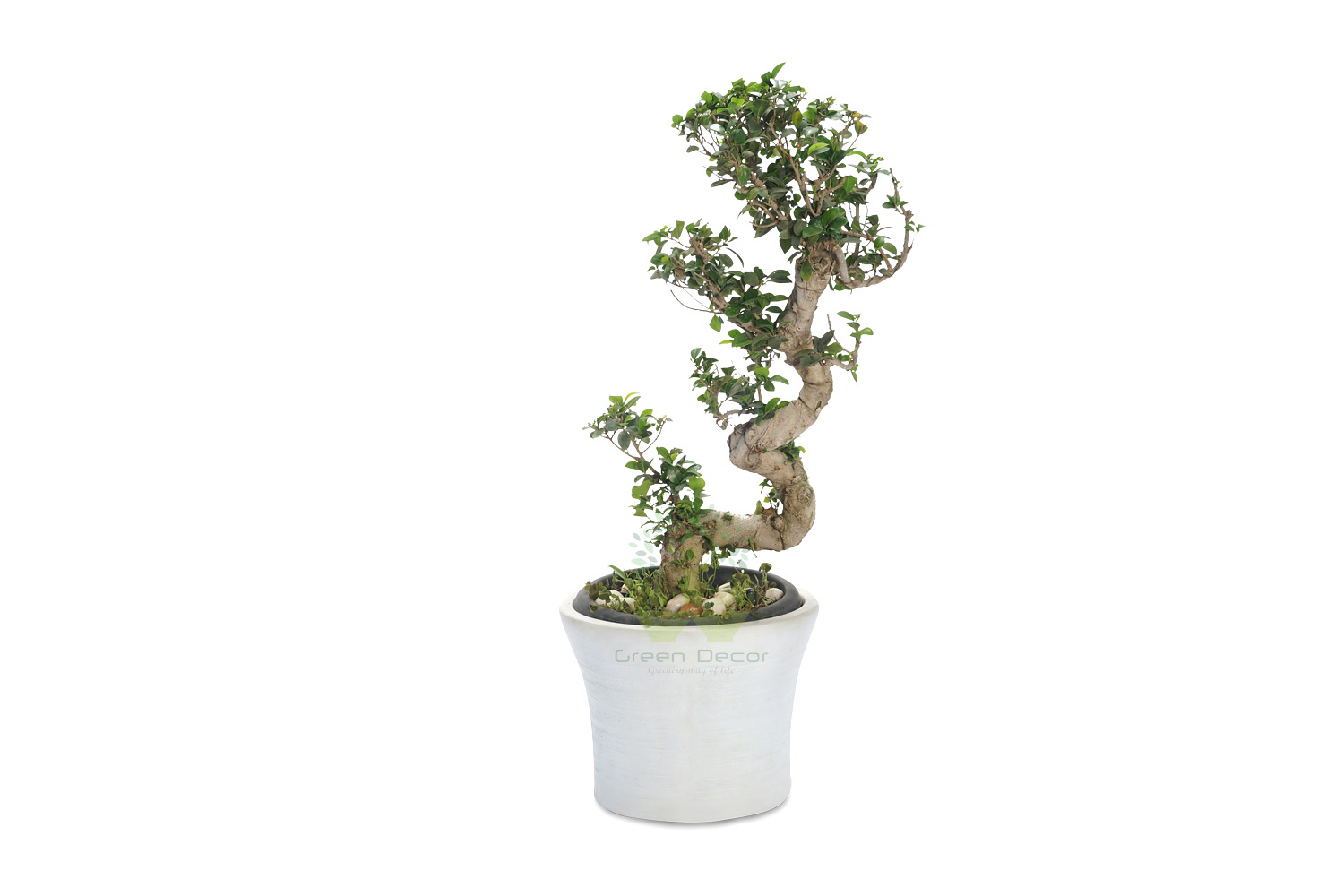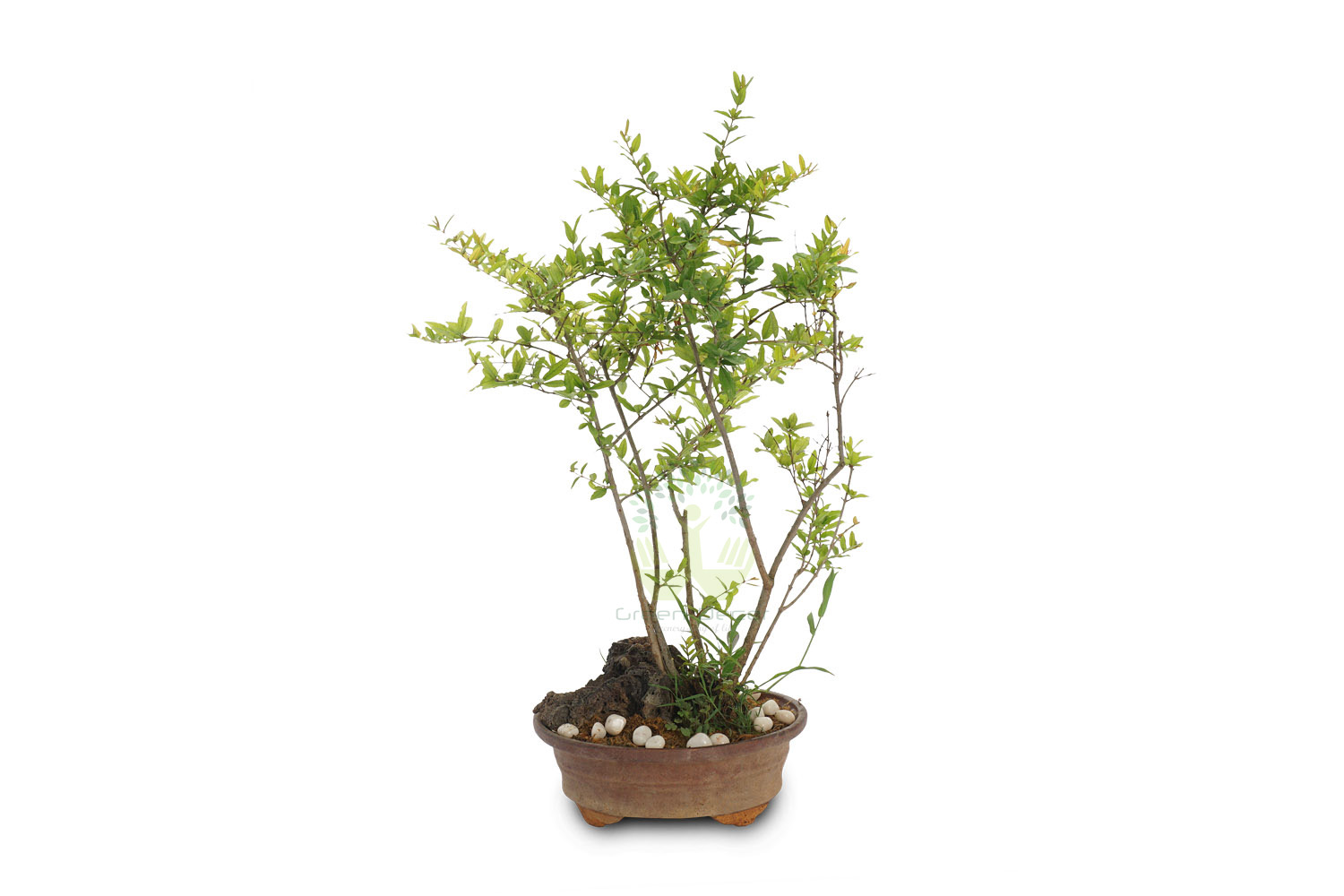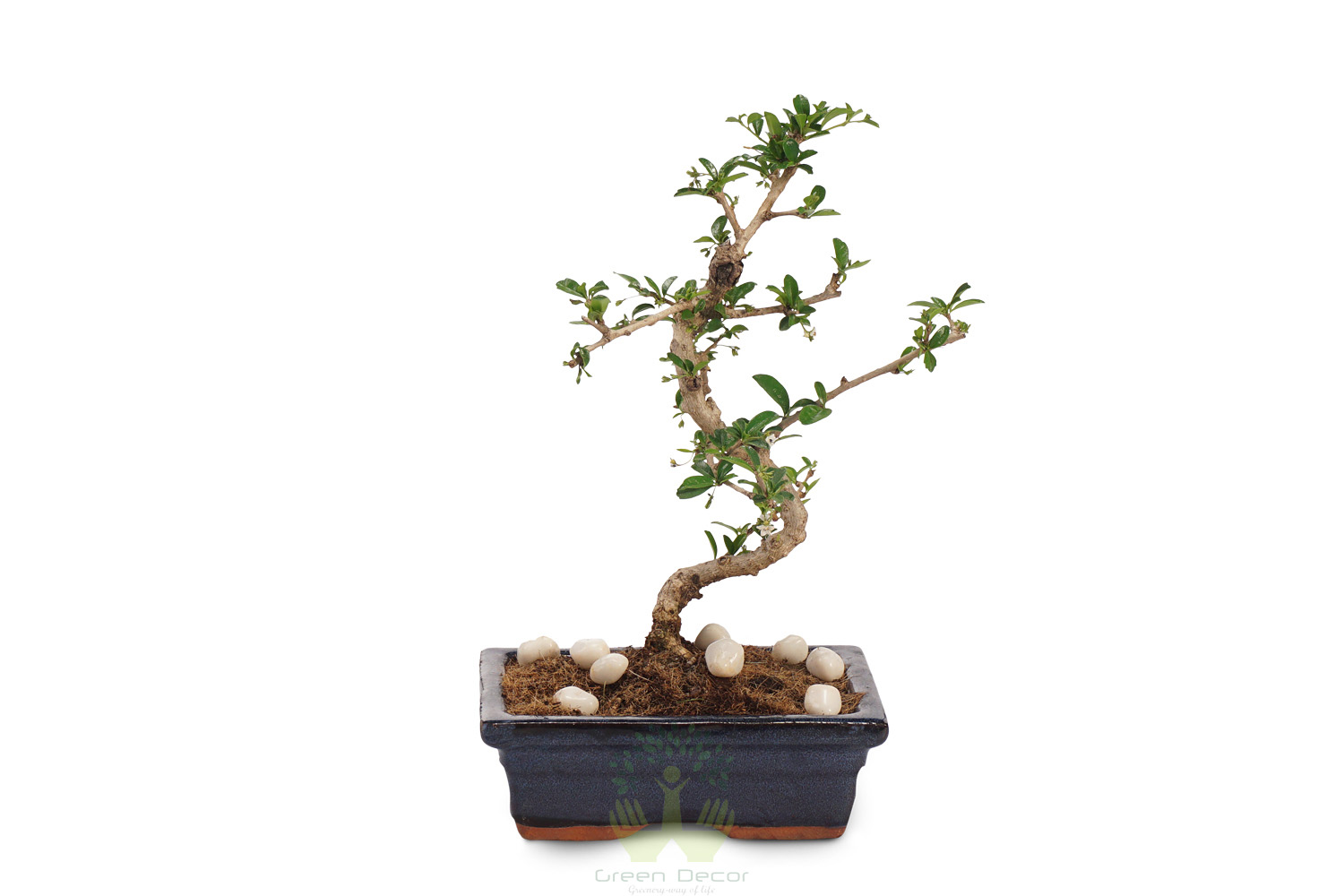Podacate
4500
Maintenance Level
Low
Placements
Outdoor-Sunny or Indoor
Toxic
None
Fragrance
None
Seasons
Summer
Plant Height
6" to 36"
Water Frequency
Winter
Weekly
Summer
Alternate Day
Fertilizer Frequency
Winter
2-3 Month
Summer
Every Month
- About Podacate
- How To Grow Podacate
- Benefits of Podacate
- Maintenance Tips
- Shipping Info
Podacate plant also known as the common Fig and Chinese Banyan, this bonsai tree grows naturally in Southwest Asia. There are hundreds of species, most of them tropical and evergreen, although some are deciduous. Many varieties are natural dwarfs. Ficus is one of the most popular trees for indoor Bonsai. It is an excellent tree for beginners and pros alike. Virtually care free; they tolerate low light and humidity of a heated or air-conditioned house.
Soil Need
Loamy Soil, Potting Soil mix
Fertilizer (type)
Organic Fertilizer, Nitrogen Phosphorus Potassium Fertilizer
Growth Pattern
Slow
Pruning
2-3 Month
Re-Potting
Every 3-4 Month
Process :
1. First apply a layer of a coarse, water draining substrate, like lava rock or grit. 2. Next, add a layer of standard Bonsai soil. 3. Purchase or collect tree seeds and check if they need scarification or stratification. ... 4. Place the seeds on the soil, leave some room between the seeds.
- Ornamental purpose.
Do's
1. It is very crucial to manage the temperature during the summer. 2. The placement of the bonsai trees will depend on their origin. 3. Tropical trees should be in warmer environments while temperate species should be placed in the shade or in a partly-shaded area. 4. These temperate species are very sensitive to extreme temperatures. change the placement of the plant before the temperature has dropped. This will help them minimize damage to roots due to very low temperatures.
Don'ts
1. Don?t forget that Tropical species may also die from extremely high temperatures. 2. They are more likely to be damaged by heat than other plants.
